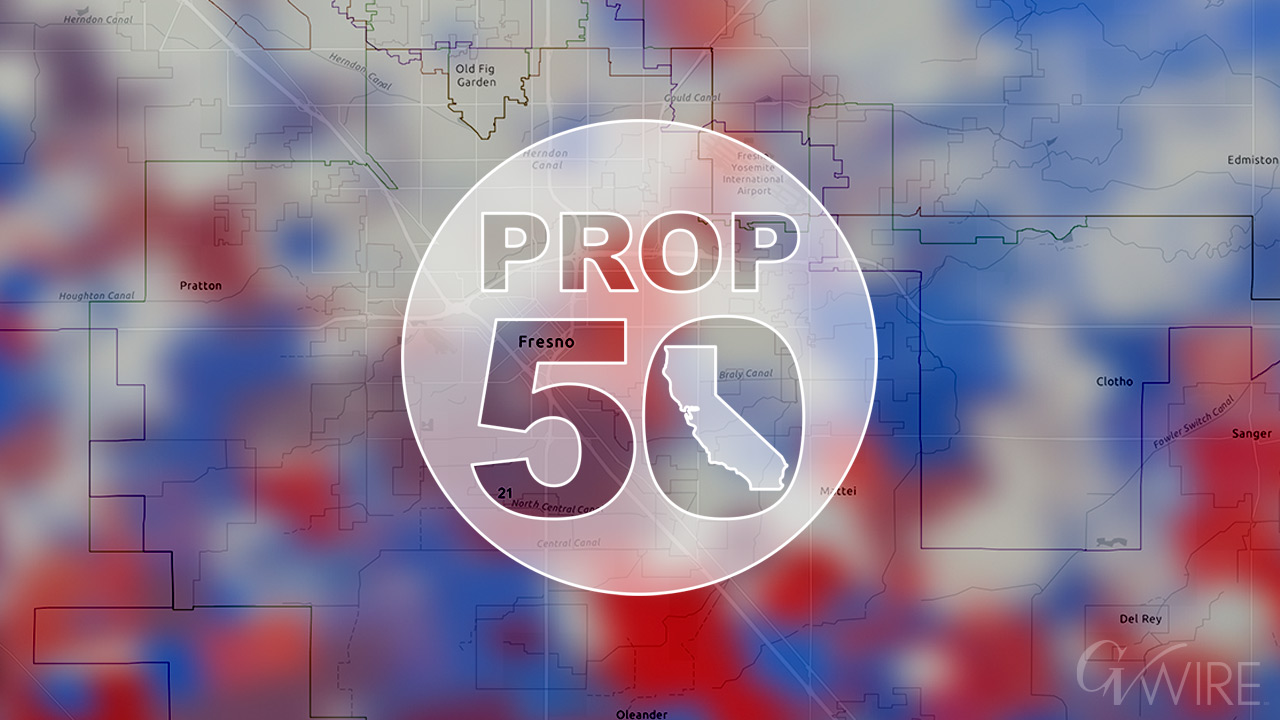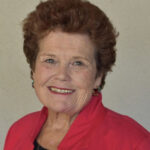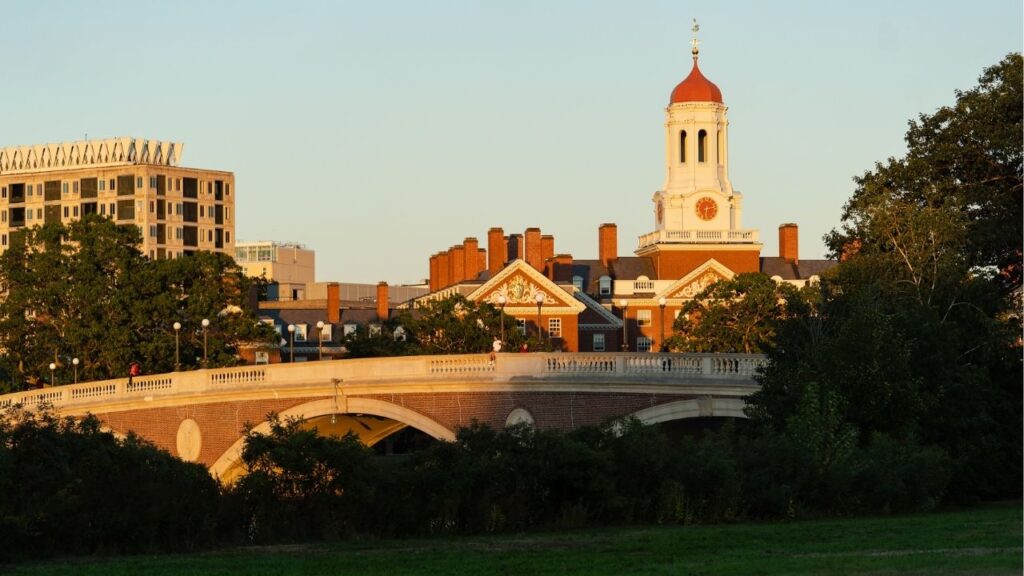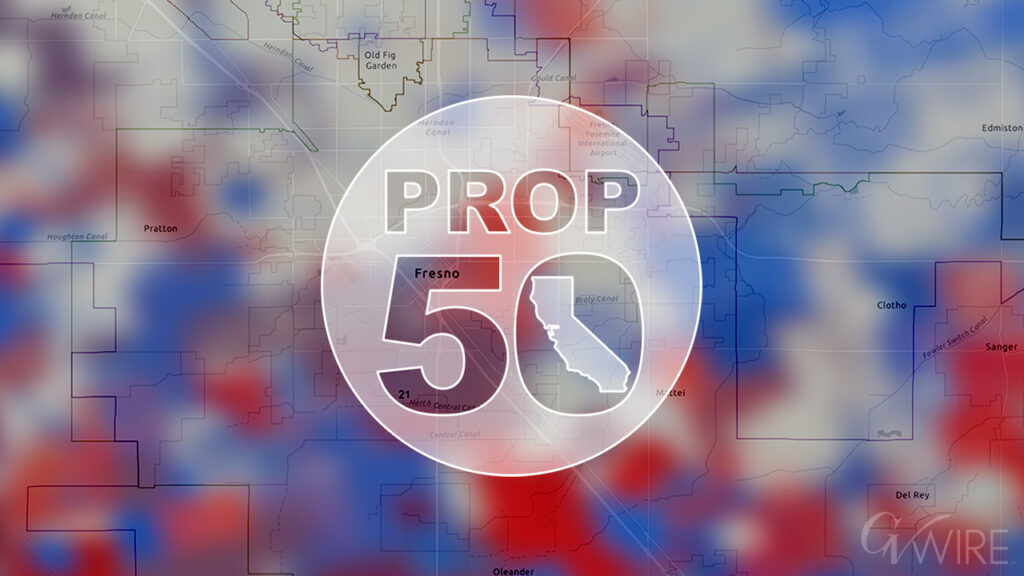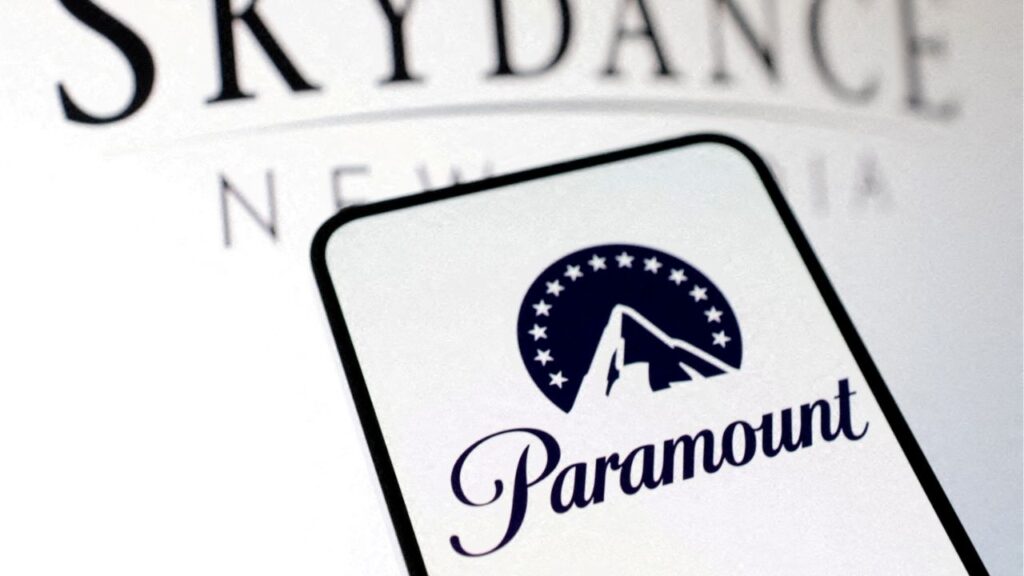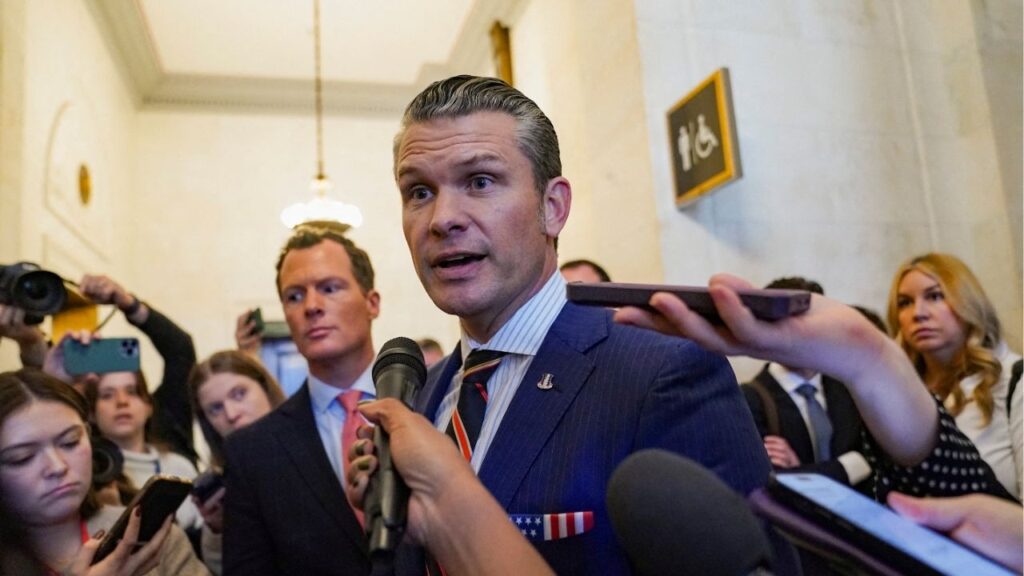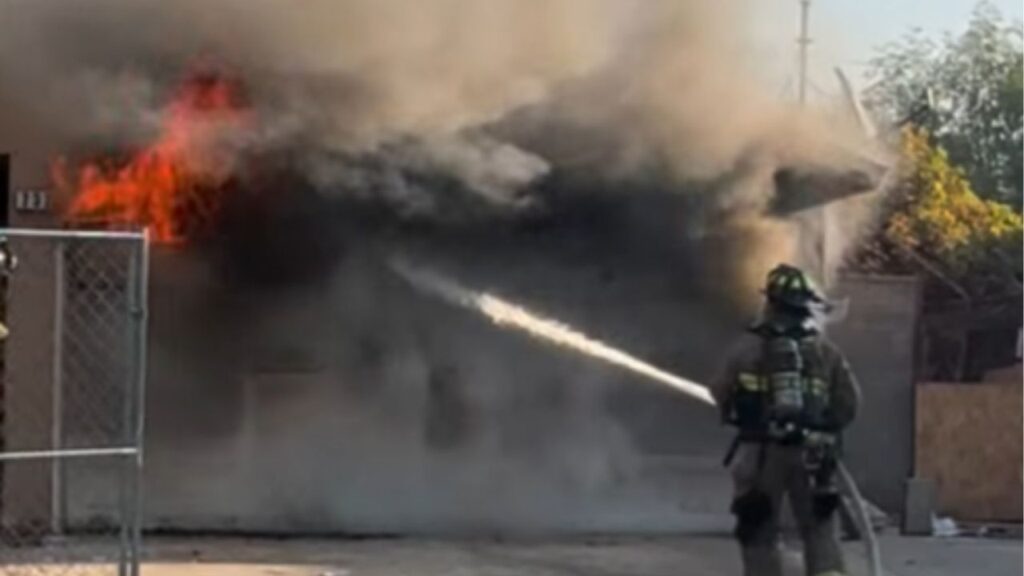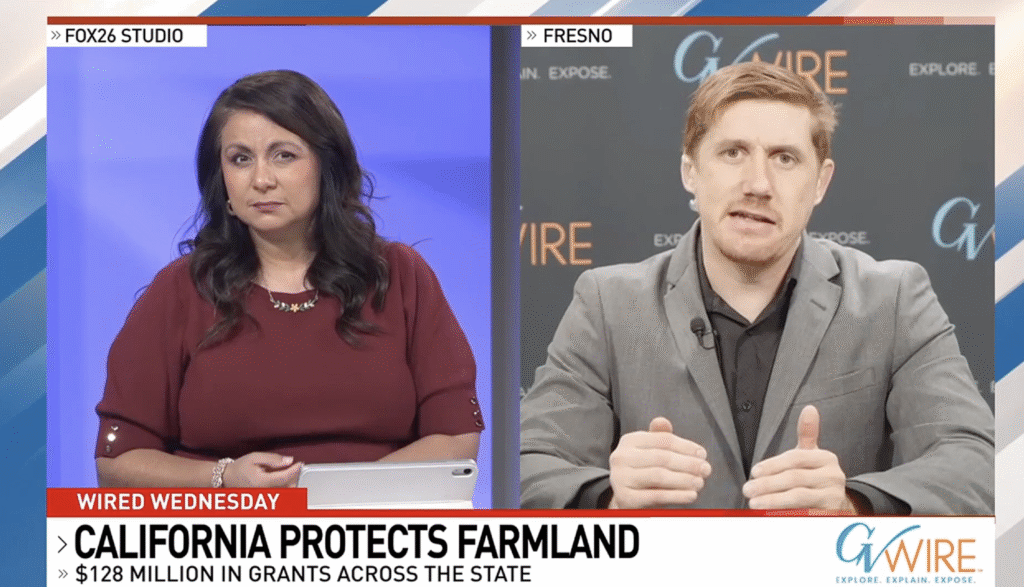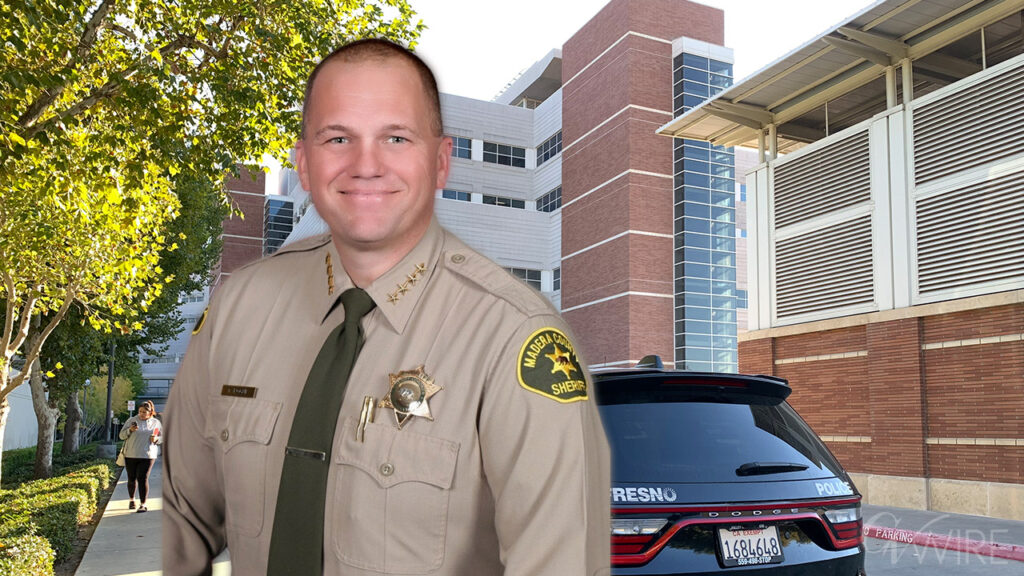A proposed redistricting measure on the Nov. 4 ballot, Proposition 50, would divide Clovis into three congressional districts and expand Fresno’s representation to four. (GV Wire Composite)

- Under Prop. 50, only 23.7% of Clovis voters would remain in Rep. Vince Fong’s District 20, while most would shift north to Rep. Tom McClintock’s District 5.
- Fresno would expand from three to four congressional districts, with Fresno State moving from District 20 to District 21.
- Minimal partisan change: Despite new lines, party registration in most Valley districts would shift less than 3%.
Share
|
Getting your Trinity Audio player ready...
|
How would congressional representation for Fresno and Clovis change if voters approve Proposition 50?
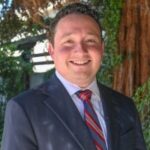
“Fresno and Clovis are population centers that are split and then grabbed and pulled into other districts that span hundreds of miles either way.” — Blake Zante, executive director of the nonpartisan Maddy Institute
The special election — currently underway and concluding Nov. 4 — would split Clovis from one into three congressional districts.
The Clovis City Council voted to oppose Prop. 50, concerned it would dilute its representation in Washington, D.C.
The Fresno City Council took no action, but the city’s representation would also be diluted — expanding from three to four districts if Prop. 50 succeeds.
In addition, a portion of Fresno County could be represented by a member of Congress currently based in San Jose. The Board of Supervisors took a “no” stance on Prop. 50.
“Fresno and Clovis are population centers that are split and then grabbed and pulled into other districts that span hundreds of miles either way,” said Blake Zante, executive director of the nonpartisan Maddy Institute.
However, Jason Carns, a Fresno political consultant who mostly works with Democrats, finds the changes “neutral.”
Through Saturday, Oct. 25, 91,718 voters had returned ballots in Fresno County, election records show. The last day to vote — in person, or by returning a ballot in a drop box or by mail (as long as it is postmarked on time) — is Tuesday, Nov. 4.
Fresno County has 530,750 registered voters as of September. The return rate so far is 17%.
Clovis’ Three-Way Split
Clovis has long been a reliably Republican city — 44% of residents are registered GOP, according to data from the Fresno County Clerk’s Office.
Congressional lines drawn in 2021 by the independent California Citizens Redistricting Commission placed the entirety of Clovis into Congressional District 20.
Rep. Vince Fong, R-Bakersfield, represents the district.
The proposed Prop. 50 lines split Clovis three ways.
Only 23.7% of Clovis voters would remain in District 20 — roughly south of Gettysburg Avenue and east of De Wolfe Avenue.
A majority of Clovis voters — 61.3%, mostly in the north — would be drawn into District 5, represented by Rep. Tom McClintock, R-Elk Grove.
The remaining 15% in the southwest portion of the city would be drawn into District 21, represented by Rep. Jim Costa, D-Fresno.
Republican voters would actually strengthen in Districts 5 and 20 in Clovis — both increasing to 48%. In the District 21 portion of the city, the Republican and Democratic split would be even at 34% each.
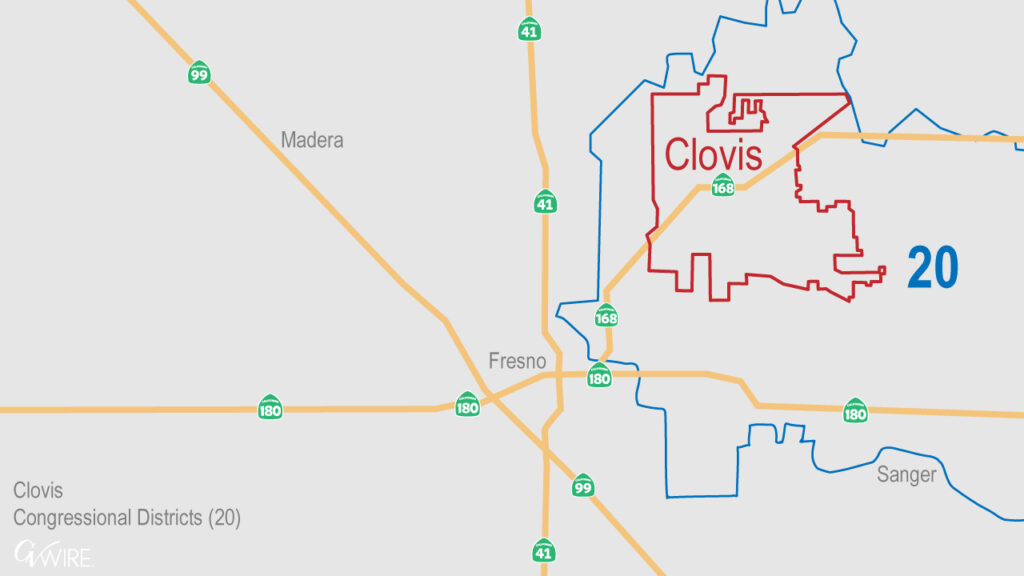
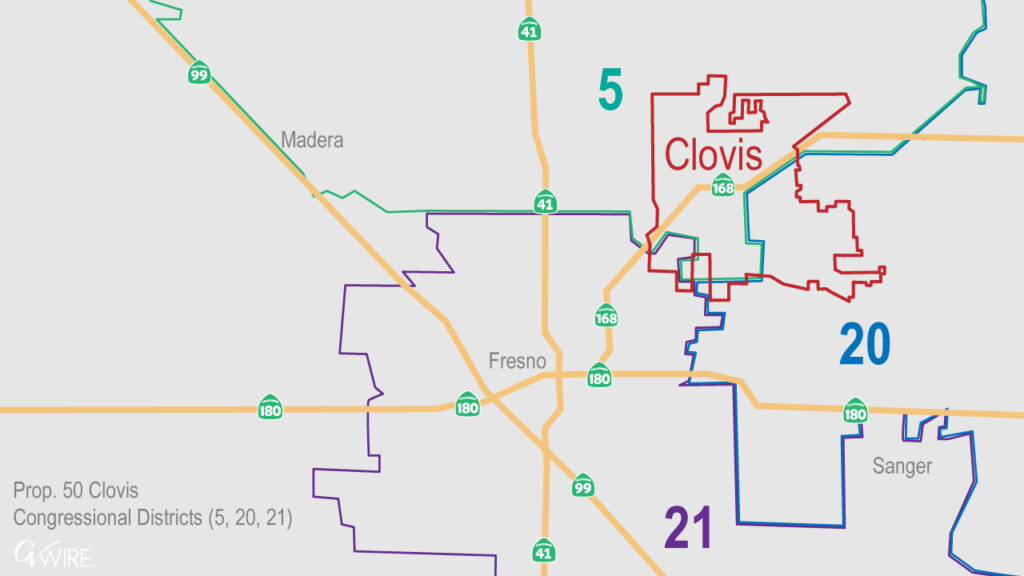
Bessinger: Makes Things More Difficult
Clovis City Councilmember Drew Bessinger said it makes things “more difficult” to deal with three congressmembers instead of one. He is concerned about the vastness of District 5 — which extends from the Nevada border and mountain towns to San Bernardino County southward.
“It’s so obviously drawn to dilute the conservative voter base. On its face, it is illegal, but they’re going to do it anyway,” Bessinger said.
Carns said the maps could benefit Clovis, now becoming the population center of District 5.
“Clovis might actually have a better chance of electing a congressmember under the new map,” Carns said.
That is assuming that McClintock does not run again.
Zante said there are arguments both ways whether being represented by one or three congressmembers is the best option.
“Congressmembers don’t have to campaign and they really don’t represent the entire city. They’re really just representing maybe a suburb or a section of the city of Clovis. That really gives them less incentive to be able to advocate on behalf of Clovis’ needs,” Zante said.
“On the flip side, you could see an argument where having three representatives may be a good thing. It might allow for more advocacy in Congress,” Zante said.
Fresno Gains a Fourth District
“I’m delighted to have a congressman that will be a local person for me so that if I have needs or issues, that I can reach out to him.” — Marsha Conant
A majority of Fresno falls within Costa’s 21st district. The new lines, increases the district’s share of Fresno from 66.1% to 70.1%.
Republican-leaning District 5 would also include less of Fresno. The border, roughly north of Shaw and west of Highway 41, shrinks from 24.8% to 17.3% of Fresno voters.
The new District 5 border would be drawn north of Herndon Avenue.
District 22, represented by David Valadao, R-Kings County, would now include 9.5% of Fresno voters, mainly in the northwest part of the city.
The portion of the city represented by District 20 would also decrease, from 9.2% to 3.1%. The border would shift from Cedar Avenue eastward to east of Fresno Yosemite International Airport. That means the Fresno State campus would move from District 20 to District 21.
The political strength of Districts 5, 20, and 21 in Fresno would shift slightly.
In District 5 in the north, Republicans gain 1% and Democrats lose about 1.5%. District 20 sees a stronger 4% gain for the GOP and a 4% dip for Democrats. The numbers are virtually the same for District 21.
In the new District 22, Democrats would outnumber Republicans 37.7% to 31.3%.
Marsha Conant, first vice chair of the Fresno County Democratic Central Committee, said her Fresno home moves from District 5 to 21 — McClintock to Costa.
“I’m delighted to have a congressman that will be a local person for me so that if I have needs or issues, that I can reach out to him. Reaching out to McClintock is a total waste of time for a resident of northwest Fresno, because he doesn’t care,” Conant said.
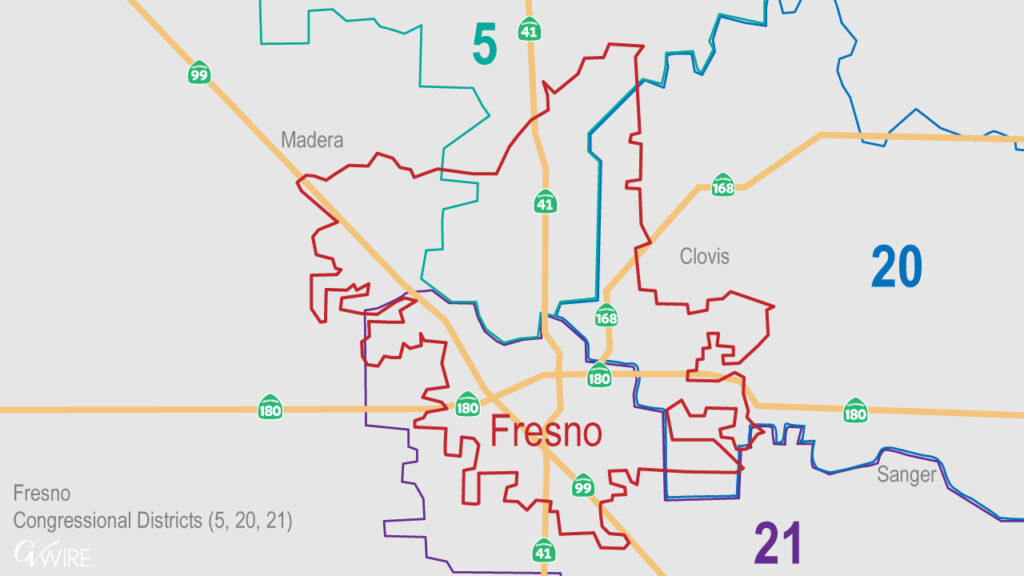
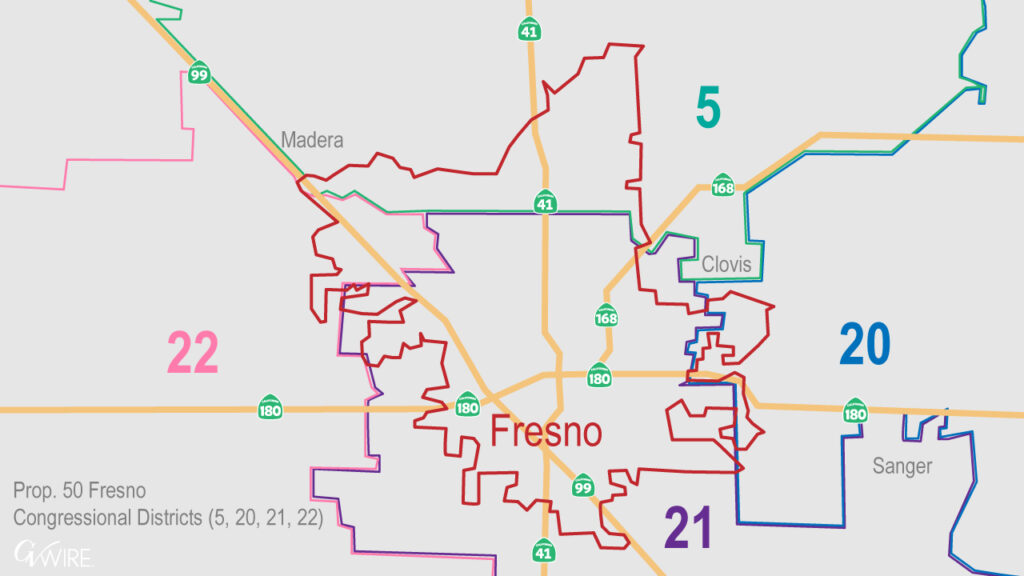
A New District Creeps Into Fresno County
One change for the county is the addition of District 18, which would cover the western strip, including the entire city of Coalinga.
The area currently falls within District 13, represented by Adam Gray, D-Merced.
Coalinga has a slight Republican registration advantage over Democrats — 35% to 33%.
Rep. Zoe Lofgren, D-San Jose, currently represents District 18. Even now, it is a sprawling district that includes eastern San Jose and extends south to Gilroy and Salinas, down to the Monterey–San Luis Obispo county lines. It stretches east to the Merced, Kings and Fresno county lines.
Most Area District Advantages Remain the Same
For three of the four districts in the Fresno-Clovis area, the party registration advantage would remain nearly unchanged. District 5 would increase Republican strength by 1.4%; District 20 gains 2.6%; and District 21 picks up 0.7% more Democratic voters.
The only significant shift is in District 22, held by Valadao, one of the seats Democrats are targeting. According to data from the Secretary of State and number-crunching service L2 Data Mapping, Republicans would lose 1.9% and Democrats would gain 1.5% — a net change of 3.4 percentage points.
The district removes Kern County areas friendly to Valadao and adds parts of western Fresno County and the northwest portion of the city of Fresno.
Would that be enough to unseat Valadao, who has continually defied election odds?
He won the 2024 general election by nearly seven points.
Carns said adding Fresno may make it harder for Valadao to retain the seat.
“Democrats in Fresno actually turn out to vote, unlike in some rural areas. That is something Valadao is going to have to deal with,” Carns said.
But, Valadao would retain the name recognition advantage.
“He has certainly been a survivor,” Carns said.
Zante said that if Democrats are successful next week, we could see similar moves next decade, after the independent commission redraws lines following the 2030 Census.
“If it continues to get tried and tried, it’s really going to undermine the authority and the purpose of the independent redistricting commission and why it was created. And I think we’d probably likely see some legal challenges to that,” Zante said.



